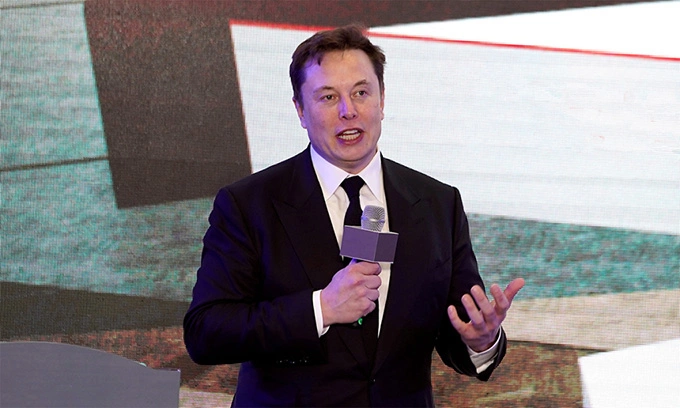Elon Musk is renowned for setting seemingly impossible deadlines, but his latest ambition—sending the Optimus humanoid robot to Mars aboard the Starship as early as 2026—is being met with skepticism from space and robotics experts. The plan outlines a futuristic vision where autonomous robots lay the groundwork for a self-sustaining Martian city within the next two to three decades, but the technological hurdles for both components remain immense.

The Starship Challenge: Not Yet Orbital
Musk’s vision hinges entirely on the successful deployment of Starship, the massive, fully reusable launch system being developed by SpaceX. While the company has made rapid progress, Starship has yet to achieve a stable orbital flight.

Recent test flights, including the most recent one in October, have successfully executed complex suborbital maneuvers, but key challenges persist:
Refueling in Orbit: To reach Mars, Starship needs to be refueled in Earth orbit, a complex process known as orbital refueling that has yet to be perfected.
Heat Shield Integrity: Musk continues to fine-tune the heat shield system, which must protect the vessel during atmospheric re-entry on both Earth and Mars.
Experts note that while Starship is a marvel of engineering, perfecting a system capable of reliably transporting hundreds of tons of cargo and humans over interplanetary distances is a years-long endeavor that likely stretches beyond the current 2026 target.
The Optimus Problem: A Long Way from Martian Ready
The other half of the plan involves Tesla’s Optimus (formerly known as the Tesla Bot). Unveiled in 2021, the robot has shown impressive incremental progress, demonstrating abilities like picking up objects, folding clothes, and even recent demonstrations of sparring, all powered by integrated AI.

However, robotics experts caution that Optimus is nowhere near ready for the Martian environment:
Reliability and Durability: Christian Hubicki, head of the Optimal Robotics Lab at Florida State University, emphasizes that humanoid robots are inherently prone to falling and breaking, even in controlled Earth environments. "They are notoriously brittle," he notes. The ability to function autonomously for extended periods without human intervention is currently insufficient for a Martian mission.
Supply Chain Issues: The production of Optimus has also faced Earthly challenges, including supply chain bottlenecks in China, particularly relating to rare-earth magnets needed for the robot's actuators.
Leadership Turnover: The recent resignation of Milan Kovac, one of the key architects of the Optimus project, has added further uncertainty to its development timeline.
Moon First: A Safer Stepping Stone

Given the high risks associated with deploying complex humanoid technology straight to Mars, experts like Hubicki suggest a more pragmatic approach: proving the concept on the Moon first.
The Moon presents fewer logistical problems due to its proximity, making repair and resupply missions feasible. Since SpaceX has already secured lucrative NASA contracts to transport astronauts to the lunar South Pole using a derivative of the Starship system, testing Optimus on the Moon would be a logical, lower-risk stepping stone.
While Musk’s short timeline for a fully autonomous Martian robotic deployment is highly ambitious, it reinforces his long-term goal of interplanetary colonization. Most experts agree that while robots will eventually be indispensable for building humanity's first self-sustaining city on Mars, that future is likely still two to three decades away, not two to three years.
0 comments:
Post a Comment